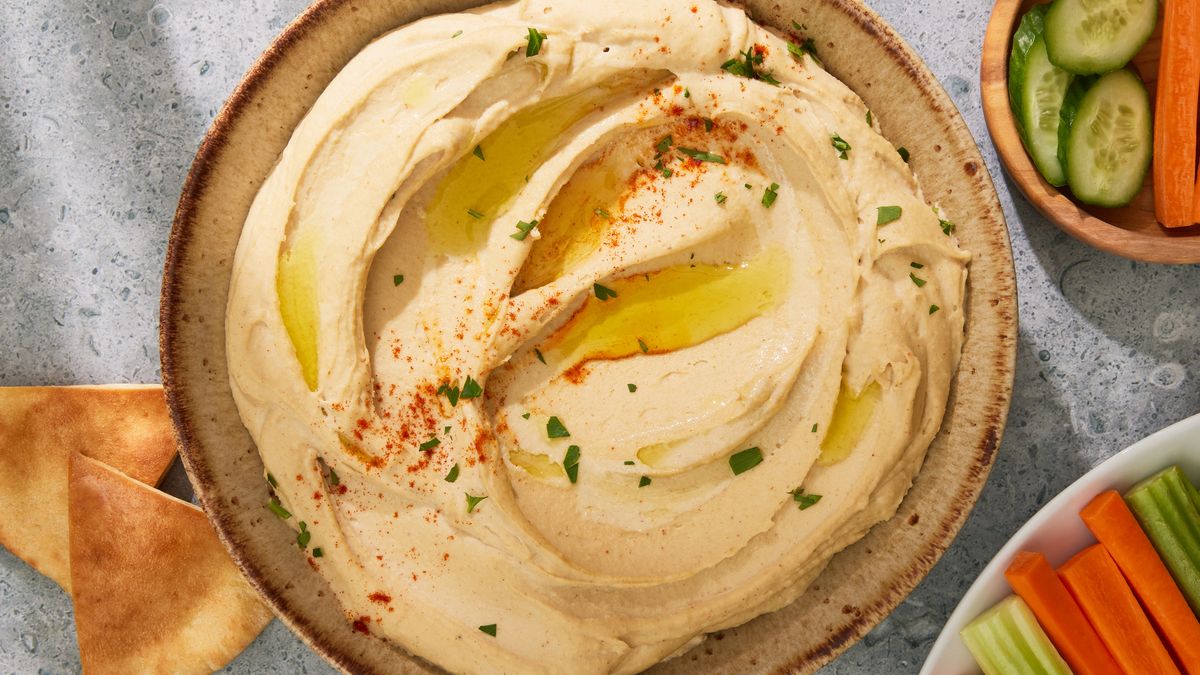The global hummus market size reached a value of approximately USD 3.5 billion in 2022. The market is expected to further grow at a CAGR of 10.92% between 2023 and 2028, reaching a value of USD 7.1 billion by 2028. Hummus, a creamy and delectable spread made from blended chickpeas, tahini, lemon juice, and garlic, has transitioned from being a traditional Middle Eastern dish to a global sensation. In this blog post, we will delve into the various factors contributing to the remarkable growth of the hummus market.
Overview
Hummus, traditionally served with pita bread or as a dip for vegetables, has become a staple in households around the world. Its surge in popularity is linked to its health benefits, versatile flavor, and adaptability as both a spread and a key ingredient in various recipes. Today, hummus is no longer just a simple food item; it has become a booming industry.
Components
Chickpeas: The primary ingredient, rich in protein and fiber.
Tahini: A sesame seed paste, it is a vital component that gives hummus its unique taste.
Lemon Juice: Adds tanginess to the flavor.
Garlic: Enhances the flavor profile of hummus.
Olive Oil: Used both in the blend and as a topping, it adds a rich, savory flavor.
Spices and Herbs: Such as cumin, paprika, and parsley for added flavor.
Market Segmentation
By Product Type:
Traditional
Red Pepper
Garlic
Lemon
Organic
Others
By Distribution Channel:
Supermarkets/Hypermarkets
Convenience Stores
Online Retail
By Region:
North America
Europe
Asia Pacific
Middle East and Africa
Latin America
Benefits and Applications
Health Benefits: Rich in proteins, healthy fats, and fiber, hummus is known to promote heart health and help maintain blood sugar levels.
Dietary Applications: A favored choice in vegan and vegetarian diets.
Culinary Uses: Beyond a dip, hummus is now used in wraps, sandwiches, salads, and even in cooking, as a thickening agent for soups and stews.
Factors Driving the Growth
Health and Wellness Trend: As consumers become more health-conscious, the demand for nutritious and plant-based foods like hummus is increasing.
Globalization of Food Trends: The widespread availability and adoption of international cuisines.
Convenience: Ready-to-eat nature of hummus suits the fast-paced lives of the modern consumer.
Challenges and Barriers
Supply Chain Issues: The sourcing of quality chickpeas and tahini can be a challenge due to seasonal and regional factors.
Competition: The market is saturated with numerous brands and variations of hummus.
Preservation and Shelf Life: Being a fresh product, hummus has a relatively short shelf life, which can be a logistical challenge.
Market Opportunities and Future Outlook
Innovative Flavors and Varieties: As manufacturers experiment with new flavors and ingredients, the appeal of hummus continues to widen.
Emerging Markets: As the global palate continues to diversify, there is enormous potential for the hummus market in regions where it is relatively unknown or newly introduced.
Health-focused Marketing: With increasing health awareness, marketing hummus as a healthy alternative to mayonnaise or butter can further boost its demand.
In conclusion
The hummus market, with its rich and culturally diverse history, has emerged as a major player in the global food industry. From being a traditional Middle Eastern dish to becoming a staple in Western supermarkets, the growth trajectory of the hummus market is undeniably steep and shows no signs of slowing down. As consumers around the world continue to embrace healthier and more convenient eating options, hummus is perfectly positioned to be a frontrunner in the global culinary scene, making it a promising sector for investment and innovation.
